In the second part of our “Liget” series, I chose to present Petőfi Hall and the building of the New National Gallery built on its place.
The dusk of Pecsa. One of the iconic concert and club halls of Budapest operated for exactly thirty years. The Petőfi Hall – Capital Youth Leisure Centre opened its gates in 1985 with a concert of the Hungarian band Karthago. The hall provided the audience with both Hungarian and international artists for decades. Almost each and every renowned Hungarian artist has played here, but the hall also hosted Faith No More, ZZ Top, Alice In Chains, Kasabian, David Byrne, Robert Plant, Björk, Placebo, Morrissey, Roni Size, RUN-DMC, the KISS, Sepultura, the Anthrax, Slayer, Iron Maiden, or, for example, Nirvana in 1989 before the Nevermind studio album. Unfortunately, the building was less and less able to keep up with the requirements of our modern day, or failed to keep up completely. No complete reconstructions were carried out since its opening, so it was quite predictable that the fate of the iconic building will be sealed sooner or later.
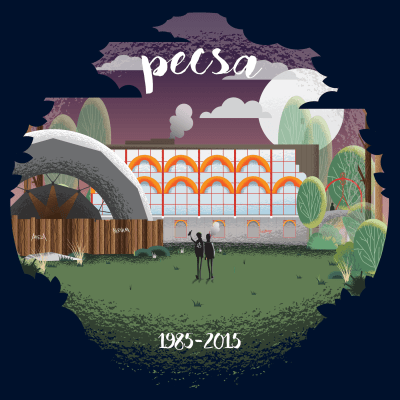
Petőfi Hall was designed by architects György Halmos and Judit Tihanyi. In 1990, the designers received the Ybl-award for their work.

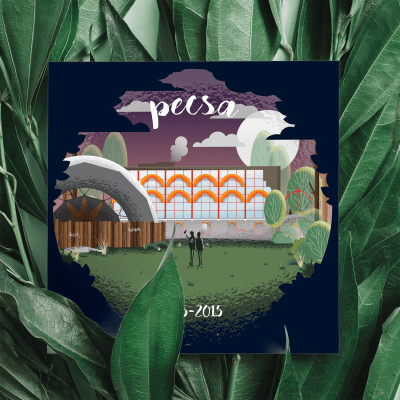
The dawn of the New National Gallery. Today, there is no sign left of PeCsa whatsoever, the New National Gallery planned to open in 2021 is built on its place, which will function as a museum documenting the development of Hungarian and European visual arts in the modern era. The museum will collect, preserve and showcase the remarkable pieces of Hungarian and universal art history from the beginning of the 19th century until today. At the same time, the museum will also function as a research center of art history, giving home to the basic research of artwork, this way the institute will also be the basis of the methodological rebirth of art history and museology.
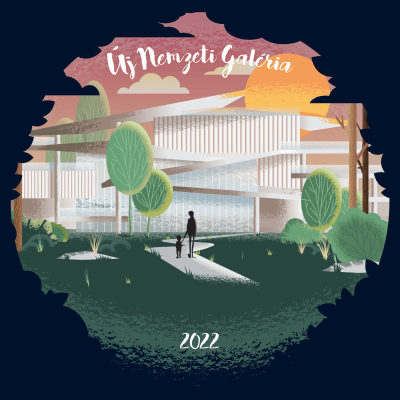
The building was designed by Pritzker award-winning SANAA architects’ office of Japan.
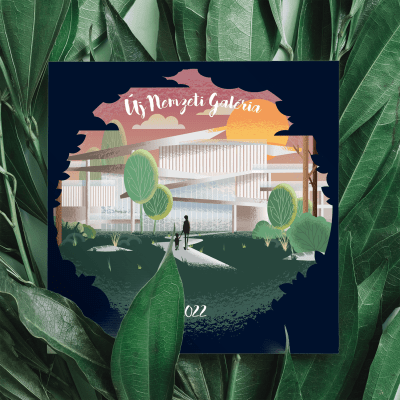
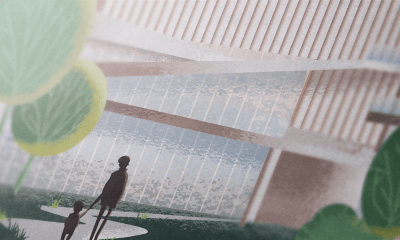

Savarin | Prague
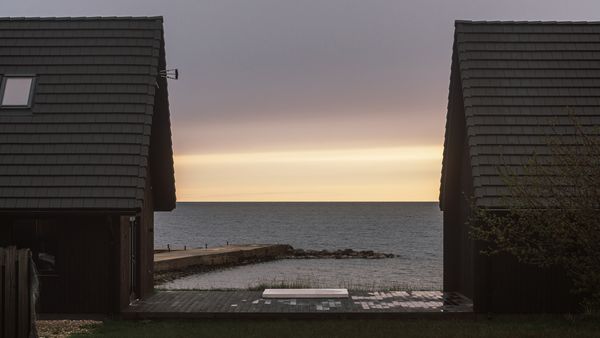
At the Estonian seaside










